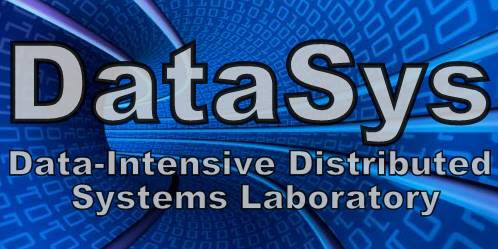Project -- Edge Computing with CHI@Edge (Kate Keahey)
The proliferation of task-focused, intelligent, and cheap IoT devices and the success of rich cloud services has led to the creation of a new computing paradigm, edge computing, that explores the interplay of processing data at the edge versus moving it to datacenters. WIth an innovative edge testbed (CHI@Edge) on one hand, and large investment in GPUs, innovative storage in various configurations, networking hardware, as well as strong partnerships with relevant NSF-funded testbeds such as FABRIC and PAWR projects on the other, Chameleon is ideally positioned to provide a platform for the exploration of research concerns. As any research platform however, Chameleon constantly adapts to specific emergent research needs; given the current research directions this means integrating new capabilities in the edge to cloud continuum. We envision a series of projects that will lead to creation and/or exploration and testing of new testbed features in this space. They will range from evaluating the tradeoffs of new edge hardware ranging from general purpose (Raspberry PIs) to AI/ML class hardware, including NVIDIA’s Jetson TX2, Nano, Xavier NX, or any emergent devices, exploring work with IoT peripherals such as cameras, actuators, software defined radios (SDRs), edge systems such as StarlingX or EdgeX Foundry. Further, an interesting set of projects might focus on building, packaging, and sharing example experiments for newly added testbed features such as e.g., the availability of new network connectivity options for edge to cloud interaction, exploring federation with wireless testbeds, etc.
These projects are appropriate for undergraduate students with experience in computer systems. Many of the Edge devices support standard operating systems such as Linux, which greatly lowers the barrier of entry into this exciting field. The students will benefit from the experience of working with edge- computing software and hardware stacks, the aspects of interfacing those stacks with cloud technologies, and enabling an edge-to-cloud workflow for experimentation and teaching.
 Data-Intensive Distributed Systems Laboratory
Data-Intensive Distributed Systems Laboratory